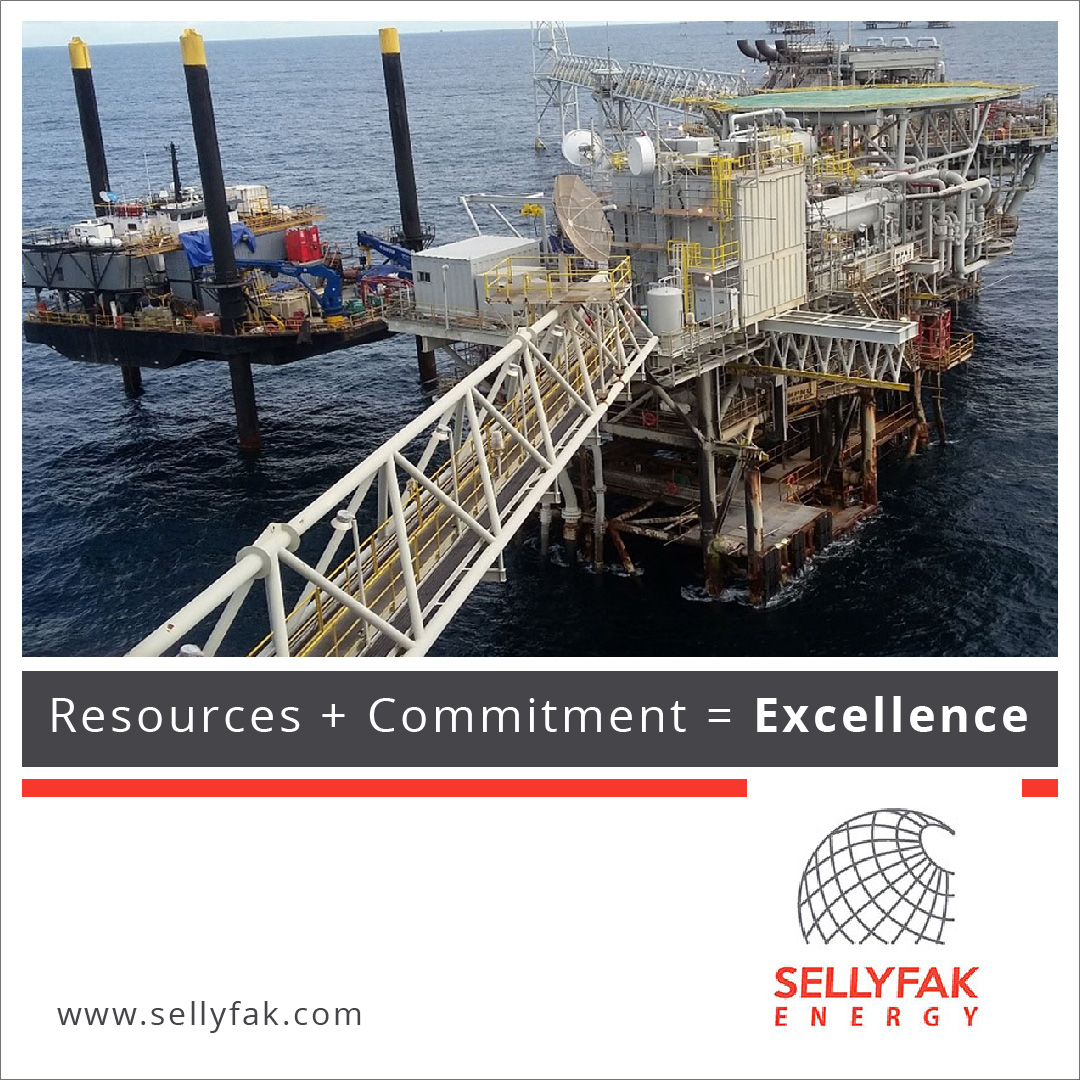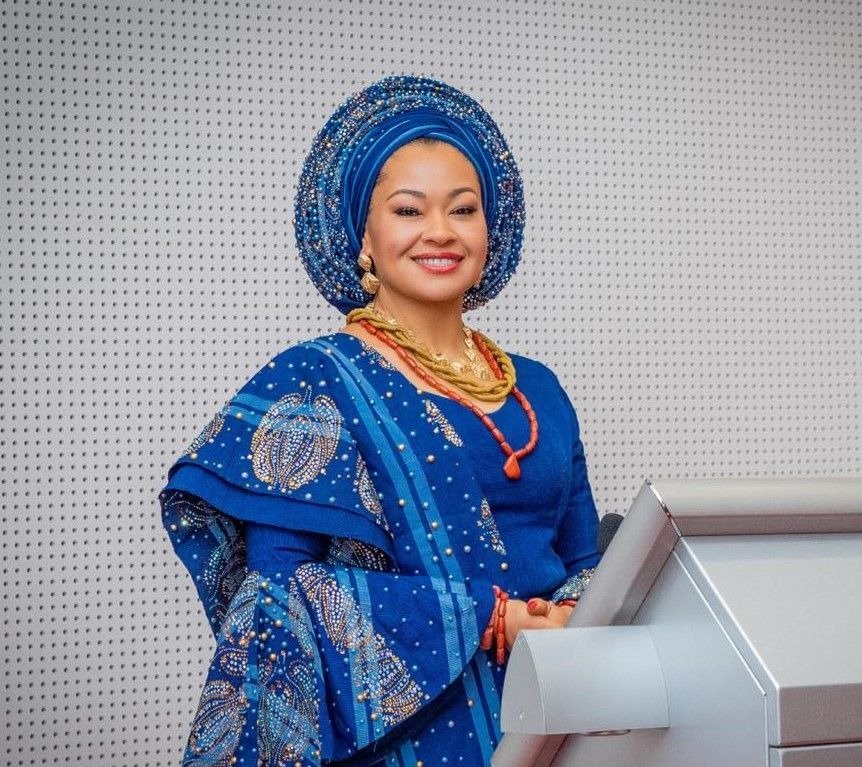Chinese Premier Li Qiang landed in Zambia on Wednesday for the first visit by a Chinese premier to the southern African nation in nearly three decades, marking a significant step in Beijing’s renewed push to strengthen economic and political ties in one of Africa’s most important copper-producing countries.
The visit comes as Zambia emerges from a prolonged debt crisis and positions itself at the center of a quiet but intensifying competition between China and Western powers for influence over critical mineral resources and strategic infrastructure corridors in Africa.
Zambia, the continent’s second-largest copper producer, successfully restructured $13.4 billion in external debt earlier this year, with China—its single largest bilateral creditor holding approximately $5.7 billion—playing a pivotal role in the agreement.
Beijing has highlighted Zambia as a success story for countries participating in its Belt and Road Initiative, emphasizing how Chinese support helped the country regain financial stability after defaulting in 2020.
During the two-day visit, Premier Li is expected to sign multiple cooperation agreements covering mining, energy, agriculture, and infrastructure.
Zambian officials have stressed that the country now prioritizes direct investment and technology transfer over new loans, a shift shared by many African governments following the heavy borrowing of the pandemic era.
“Zambia wants partnerships that build local capacity, create jobs, and add value to our raw materials,” a senior official in President Hakainde Hichilema’s administration told reporters ahead of the visit.
“We welcome investment from all credible partners—China, the United States, Europe, and others.”
China has invested close to $6 billion in Zambia over the past two decades, primarily in copper and cobalt mining.
Chinese firms operate some of the country’s largest mines, though they have faced criticism over labor practices and environmental incidents, including a major acid spill earlier this year at a Chinese-owned facility that contaminated the Kafue River.
In a clear signal of strategic infrastructure rivalry, China recently committed major funding to modernize the aging Tazara Railway, a 1,860-km line built in the 1970s to link Zambia’s copper belt to the Tanzanian port of Dar es Salaam.
The move is widely seen as a counter to the U.S.- and EU-backed Lobito Corridor project, which aims to create a faster Atlantic export route for Zambian and Congolese minerals through Angola.
Western engagement has intensified in recent months. The EU’s top development official visited Lusaka earlier this November to announce new funding for transport, renewable energy, and critical raw materials along the Lobito route.
Meanwhile, Donald Trump Jr. met President Hichilema on Sunday in a high-profile private visit that underscored continued U.S. interest in Zambian minerals vital for batteries and defense technology.
Economists project Zambia’s economy to expand by around 6.5% in 2026, driven by higher copper production and rising global demand for the metal used in electric vehicles and renewable energy infrastructure.
As Zambia seeks to industrialize and diversify its economy, the coming years will test whether it can leverage competition among global powers to secure the best possible terms for its resources and development.
For China, the visit by Premier Li is both an opportunity to lock in long-term access to copper and a chance to demonstrate that its model of infrastructure-led development remains attractive across the Global South.




















